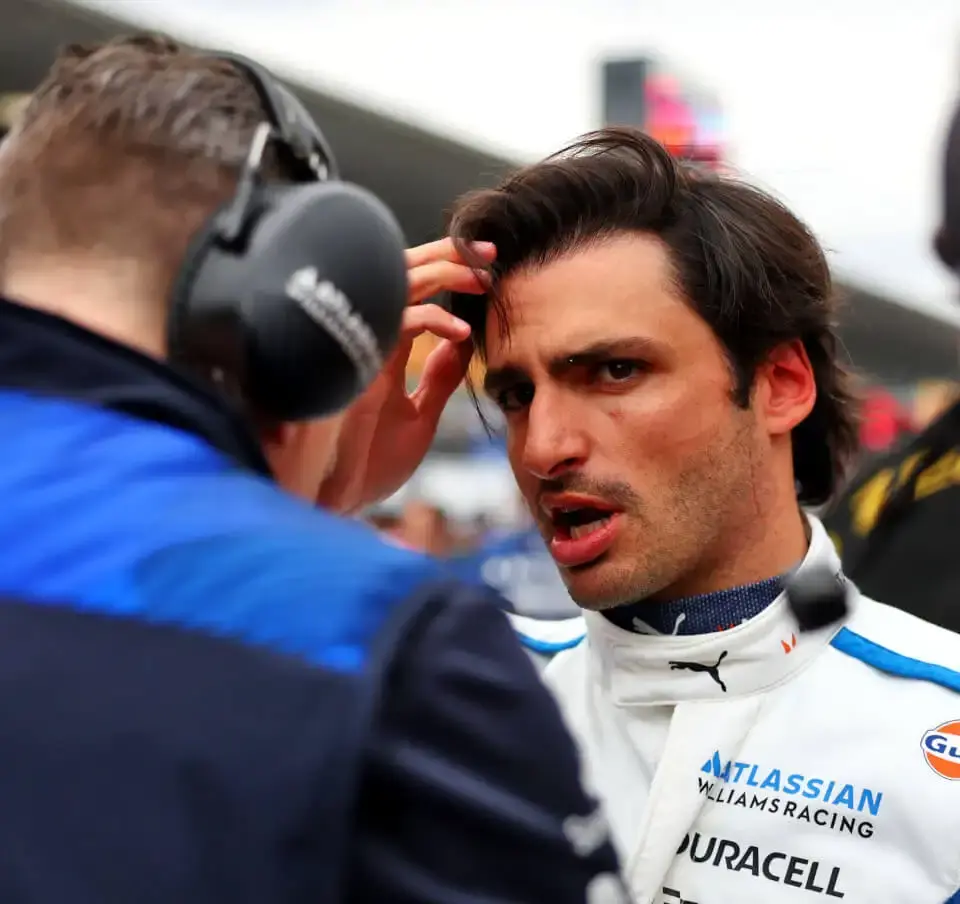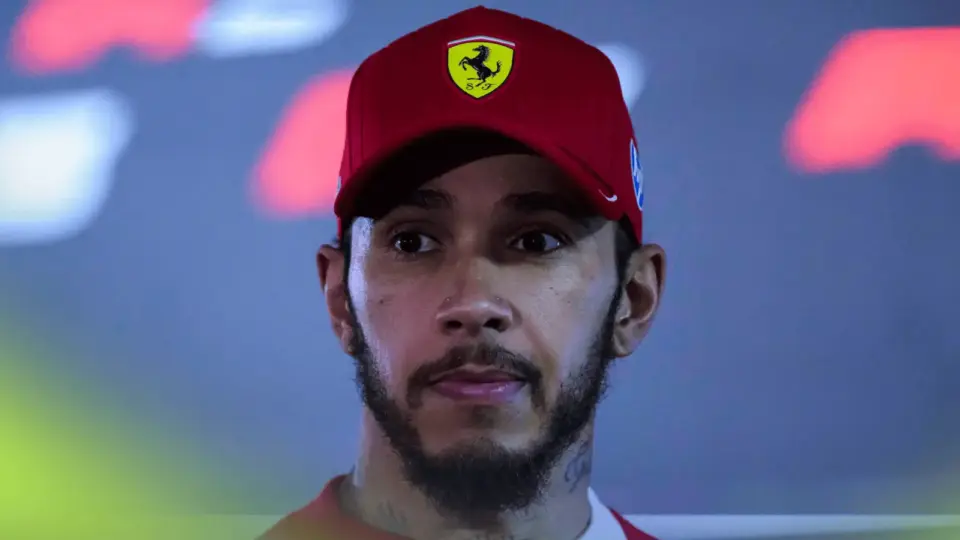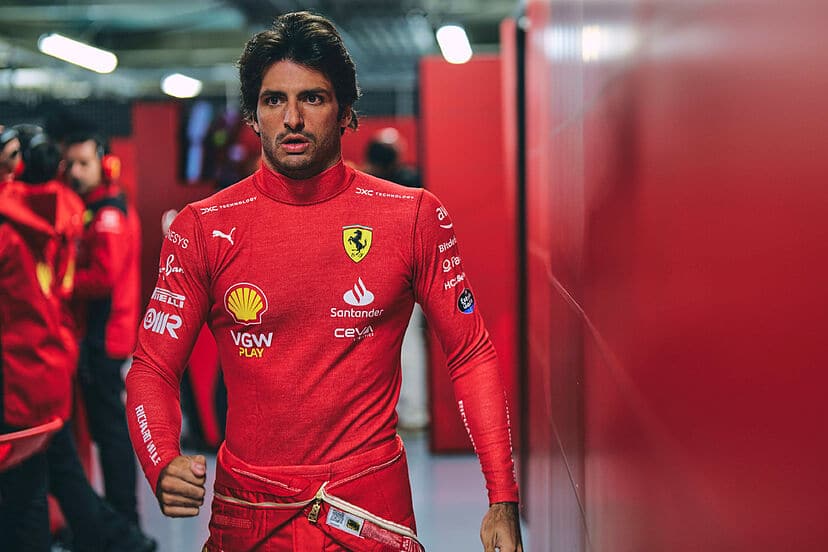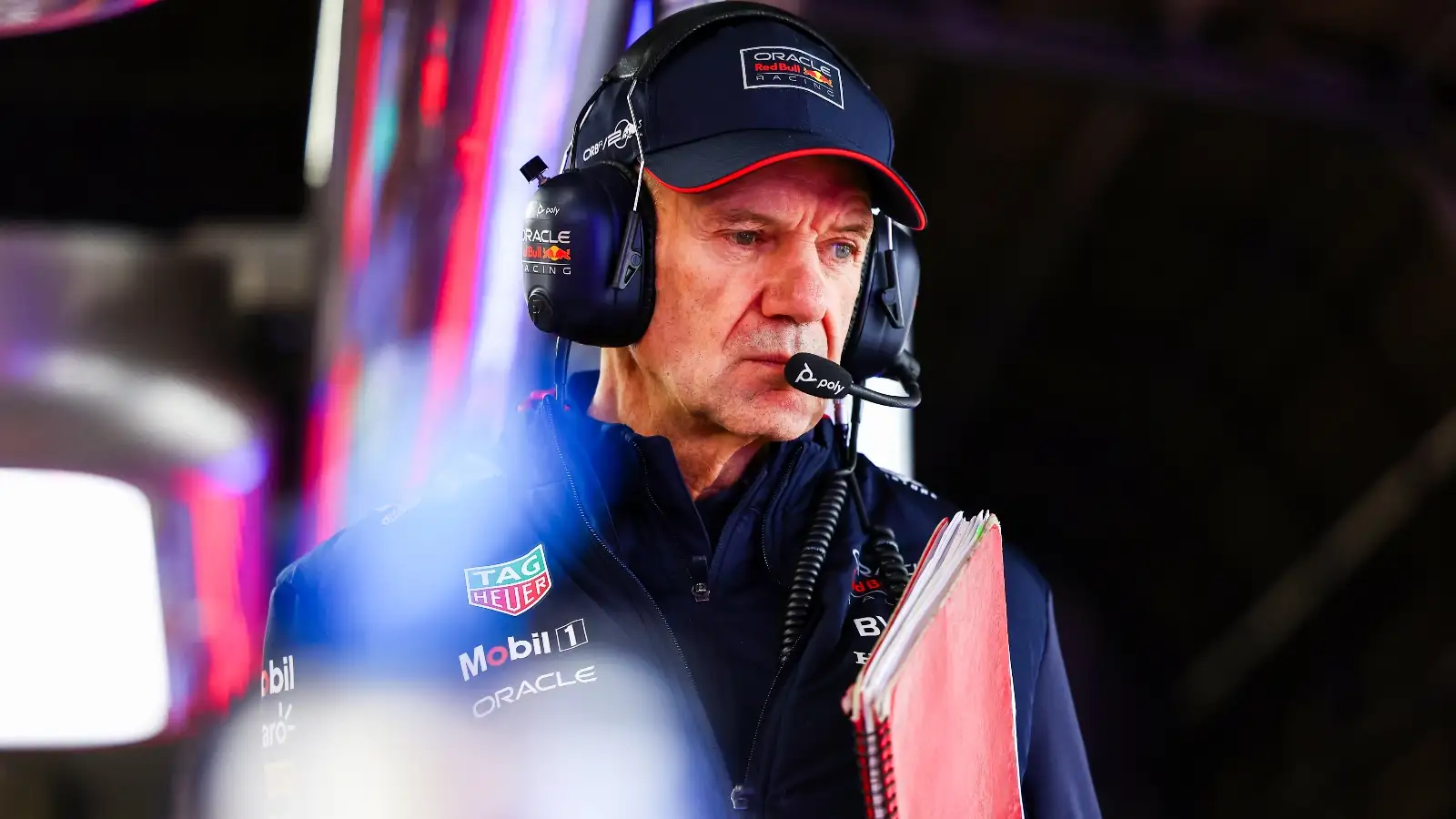Carlos Sainz finds himself in the spotlight once again as he navigates a strategic request from Williams to assist teammate Alex Albon in the Saudi Arabian Grand Prix.
- In 2023, Sainz’s tactical prowess in manipulating the DRS helped him clinch a memorable victory at the Singapore Grand Prix.
- This time, the strategy wasn’t about winning but about helping Albon fend off Racing Bulls’ Isack Hadjar.
- Sainz admits feeling a bit nervous and exposed as he executes the team’s plan on a high-speed track.
- Successfully completing the task, Williams secures a double points finish, solidifying their position in the Constructors’ Championship.
Carlos Sainz is no stranger to employing clever strategies on the track. His tactical prowess was on full display in 2023 when he masterfully used the DRS system to win the Singapore Grand Prix. By allowing Lando Norris to have DRS, Sainz kept the McLaren driver ahead of George Russell and Lewis Hamilton. Reflecting on this experience, Sainz remarked that executing such a strategy brings immense pressure and risks, even hinting that he felt like the only non-Red Bull driver capable of pulling off such a feat back then.
However, the Saudi Arabian Grand Prix in 2025 presented a different scenario. Tasked by Williams to replicate his DRS strategy, this time it was to aid his teammate Alex Albon. Sainz wasn’t racing for himself; the goal was to protect Albon from the looming threat posed by Racing Bulls’ Isack Hadjar. With the race clock nearing its end, Sainz needed to keep Albon within DRS range, making him less of a target for Hadjar. Sainz candidly shared, ‘The team asked me to give the DRS to Alex to make sure Hajar didn’t have a chance at passing us,’ revealing the tension of the situation on the high-speed course.
Despite feeling the weight of the strategy, Sainz managed to uphold the plan, showcasing his adaptability and team spirit. He emphasized the inherent nerves involved, especially given the high-speed nature of the circuit, where a single misstep could prove costly. Yet, as the race drew to a close, Sainz demonstrated his pace and ability to manage tires effectively. Pleased with the outcome, he noted, ‘I could show my best pace in the last lap, I pushed and I had a lot of pace, which is a really good sign. So, yeah, very, very happy, honestly, very solid weekend.’
The success of Sainz’s support role didn’t just bring joy; it had tangible results. Williams managed to leapfrog Haas in the Constructors’ Championship, earning a well-deserved fifth place with 25 points compared to Haas’ 20. Sainz’s efforts were crucial in securing eighth and ninth positions for the team, marking a solid weekend despite some challenges, like a slow pit stop that cost precious seconds. Yet, Sainz’s ability to stay composed and manage tire wear ensured the team could celebrate a successful outing.
Sainz’s approach, although nerve-racking, was testament to his strategic thinking and commitment to the team’s goals. Accepting that the idea wasn’t his own, he laughed it off when reminded that he’s credited with the invention of the tactic, highlighting the difference in confidence when a strategy is not your own brainchild. Yet, he stands by the decision made, bringing in critical points for Williams. Sainz concludes with pride about the weekend, ‘Honestly, solid race,’ summarizing the team’s tight execution and his personal journey of pressure handling.
Williams’ strategic gamble at the Saudi GP, executed by Carlos Sainz, reinforces the team’s competitive edge.










